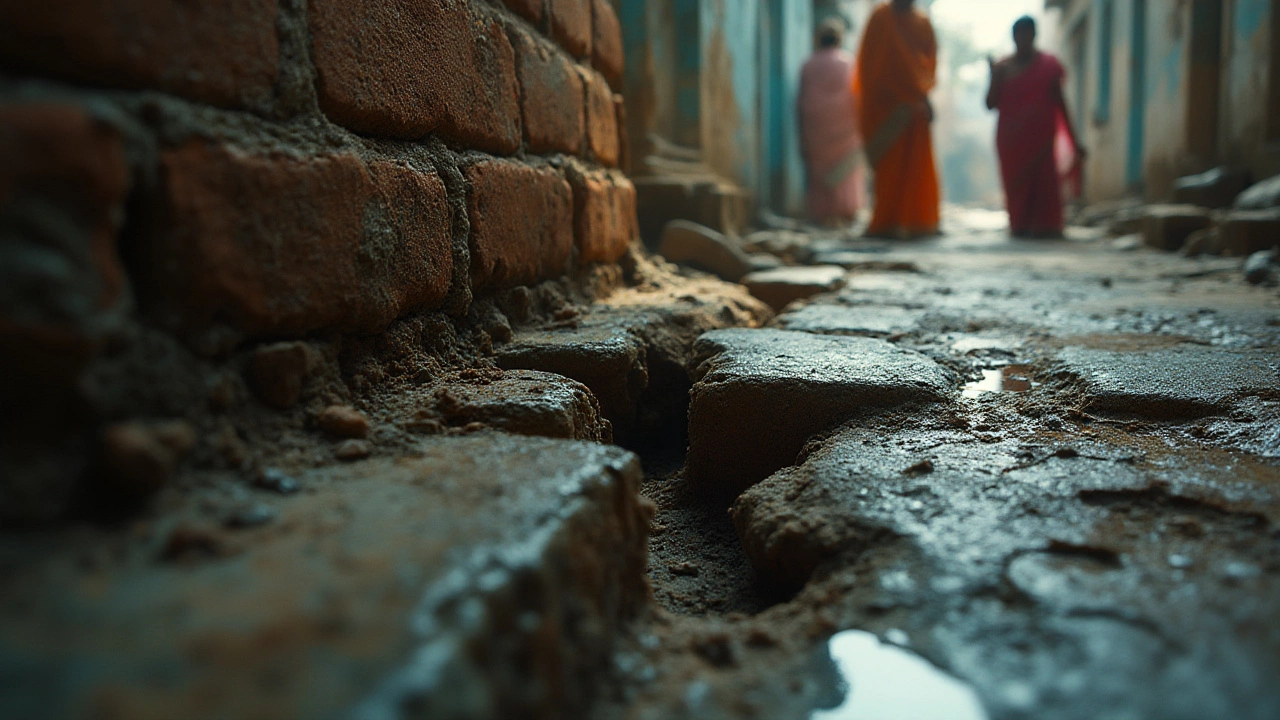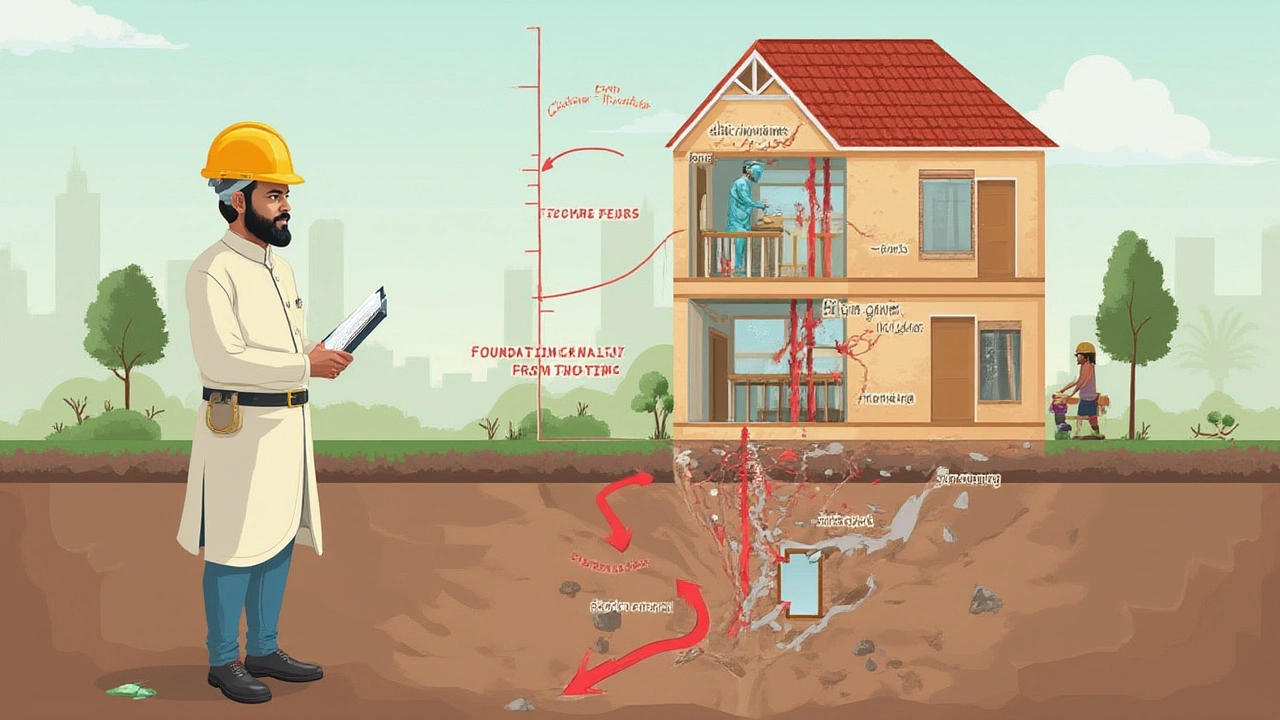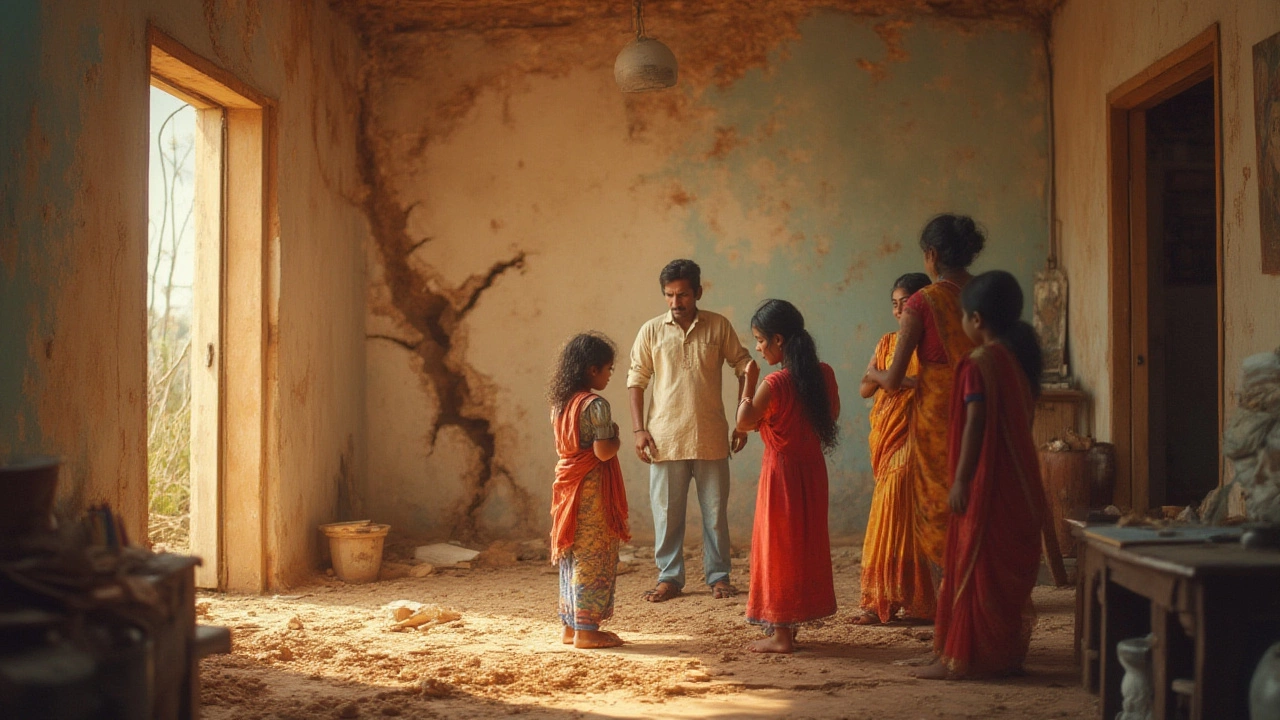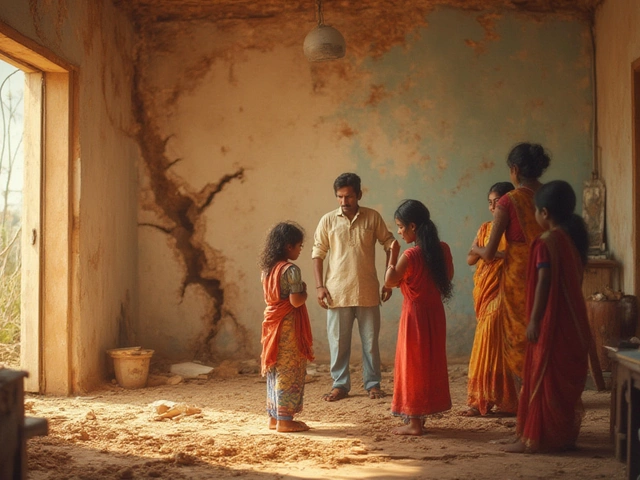One moment you’re rearranging the couch, the next you notice a long, jagged line crawling up from the corner of your basement wall. It’s tempting to shrug it off and grab a bit of spackle, but the truth is, some cracks spell serious trouble for your house. Foundation cracks aren’t like scratches on a car—they mean something, and if you ignore the wrong ones, you could be waking up to a much bigger headache down the road. Some cracks are just cosmetic. Others practically scream for attention. Distinguishing the bad from the not-so-bad is how you protect your biggest investment—your home.
What Separates a "Bad" Crack From a Harmless One?
No two cracks are exactly alike, but the risky ones tend to share certain habits. The best way to tell if you’re facing trouble is by looking at the crack’s width, pattern, direction, and whether it changes over time. Here’s where things get interesting: a dime-sized shrinkage crack from drying concrete isn’t the same as a chunky, horizontal fault that stretches the length of your wall. According to structural engineers, cracks wider than 1/4 inch, that grow over time, or that you can fit a pencil into, are warning signs. If you notice the crack is wider at one end, that’s often a clue things are still shifting.
Vertical cracks, especially hairline ones, are usually caused by normal settling. Most houses go through this as concrete cures and the soil beneath shifts naturally. The real problem? Horizontal cracks, stair-step cracks in brick or block, and those that run at a 45-degree angle. These can indicate that pressure from outside soil or even water is pushing inwards, undermining your foundation’s structural integrity. The Concrete Foundations Association warns,
“Horizontal cracks that develop in the center of a wall can be among the first visual clues of a serious lateral load problem.”If your cracks are accompanied by bowing walls or doors that don’t close properly, you’ve probably leveled up from 'annoying' to 'urgent.'
And the truth is, sometimes what you see is just the tip of the iceberg. For example, if water appears during heavy rains or after snow melts, that crack may be the gateway to more serious moisture problems, even mold. Remember, foundation issues don’t magically get better—they only get worse the longer you wait.
Here’s a helpful table to break down some classic warning signs and what they might mean for your home:
| Type of Crack | What to Watch For | Potential Risk |
|---|---|---|
| Vertical Hairline | Doesn’t widen over time | Low, usually cosmetic |
| Horizontal Crack | Wider than 1/4", spans wall | High risk—call pro |
| Stair-Step in Brick | Follows mortar lines, growing | Serious structural risk |
| Vertical Wide Crack | Wider than 1/4", growing | Needs monitoring, potential risk |
| Crack With Water Leak | Moisture, musty odor | Mold, water damage, erosion |
The most important bad foundation crack to look out for? Anything horizontal or stair-step—especially if it’s combined with other red flags like sticking windows or uneven floors. Don’t forget to walk around outside and check how water flows near your foundation. Clogged gutters or flower beds that slope toward your house can make even a small crack turn ugly fast.

Dangers and Consequences of Ignoring Foundation Cracks
You might think a little crack can wait, but the costs sneak up quickly. Problems start small—maybe a trickle of water here, a slant in the floor there. But as cracks widen and walls bow, you’re looking at major repair bills and even permanent structural damage. A 2024 survey by the National Association of Home Builders found the average cost for professional foundation repair in the U.S. was $4,640—but that number can skyrocket if the problem’s ignored too long. Some severe cases cost $20,000 or more to stabilize, and you risk losing resale value if an inspector spots those issues down the line.
Water is a major enemy. Cracks let groundwater seep into basements, setting up perfect conditions for mold, mildew, and even rot. Black mold can grow in less than 48 hours in damp places, leading to terrible air quality and health issues. If your home’s foundation shifts enough, you’ll notice cracks branching off across your drywall—or see gaps between your wall and ceiling. Doors start sticking, and windows won’t close right. No one wants to live in a home where the floor’s turning into a funhouse. Plus, a shaky foundation can mess with your plumbing—pipes snap or drains back up as walls move, and that’s a headache nobody wants.
In the worst cases, the wall can outright fail. Structural engineers have seen homes where large horizontal cracks were ignored and, after years of stress, the wall started to collapse. That’s rare, but it happens: one collapse in 2023 in Ohio was blamed on a long-unattended horizontal crack coupled with heavy rain that increased hydrostatic pressure on the wall.
Let’s talk numbers for a second. According to HomeAdvisor’s 2024 Basement & Foundation Report, 85% of surveyed foundation repair experts said horizontal or stair-step cracks are the “highest-priority emergency” issues, while only 8% considered hairline vertical cracks urgent. The difference is night and day. Here’s another wild fact: Most insurance policies don’t cover foundation repair from gradual soil movement or water pressure, so waiting won’t just risk your house—it’ll likely torch your wallet as well.
One more thing: If you ever plan to sell your place, banks sometimes refuse mortgages on homes with visible foundation damage. Buyers drop out fast when they spot those signature wide cracks. If they do stick around, expect lowball offers—or demands for a pricey repair before you can close. Foundation cracks are the house selling version of showing up to a date with spinach in your teeth. Everyone notices, and it’s a turn-off.
If you’re hunting for a house yourself, always bring a small flashlight and check the basement. Crack width, pattern, and especially water stains around cracks reveal a lot more than a fresh coat of paint on the walls. Don’t assume homeowners have fixed foundational issues just because the surface looks tidy!

How to Track, Fix, and Prevent Dangerous Foundation Cracks
There's a right way and a wrong way to handle a scary-looking crack. First step: Track it. Grab a pencil and mark the ends of the crack. Write the date. If you notice it getting wider or longer after a few months, that's a sign the foundation is definitely moving. For horizontal or stair-step cracks, don't wait. Bring in a qualified structural engineer or foundation specialist as soon as possible.
If you just see hairline vertical cracks, keep calm. Measure the width—they’re fine if they stay under 1/8 inch and don’t get bigger. Store-bought crack monitors can be handy if you want to get fancy—they’re like little calipers that stick over the crack. Jot down changes every month. See sudden widening, or do you notice new cracks popping up nearby? That’s your cue to get a pro opinion right away.
Repairs depend on the type of crack. For non-structural cracks (thin, not growing), flexible epoxy or polyurethane injections seal out water and stop things from getting worse. If you’re dealing with horizontal or wide stair-step cracks, brace yourself—this often means structural repair. Pros might recommend wall anchors, carbon fiber strips, or even rebuilding parts of the foundation. These aren’t DIY jobs. Trying to patch over a bad crack with mortar might hide the symptom, but it won’t stop your house from shifting. Foundation repair is definitely a place to call in experts, not take shortcuts.
Prevention is king. Water is usually the root cause. Make sure your downspouts stretch at least five feet away from the house and your yard slopes away from your foundation by about 6 inches every 10 feet. Never pile mulch or soil right up against the wall. Clean gutters every spring and fall. If you notice standing water after a storm or soggy soil next to your basement, fix the drainage—don’t just hope it’ll go away. In areas with clay soil (think much of Texas or the Midwest), keeping soil moisture consistent by watering during dry spells can also prevent big shifts that crack foundations. The International Association of Certified Home Inspectors recommends a twice-yearly foundation check as part of your home maintenance.
- Mark cracks with dates and watch for changes
- Measure and log crack width every few weeks
- Check for bowing walls or sticking doors/windows
- Keep water away from foundation with proper grading and downspouts
- Bring in a structural engineer for anything bigger than 1/4 inch or horizontal cracks
It doesn’t take a seasoned contractor to spot a bad foundation crack, just a little know-how and a sharp eye. Ignore those warning signs, and you risk a house that’s not only uncomfortable but possibly unsafe—and way more expensive to repair later. Even a busy homeowner can take ten minutes every few months to walk the perimeter, both inside and outside, and look for trouble brewing. Better safe than sorry, especially when a solid foundation is what keeps your house, and peace of mind, upright.


